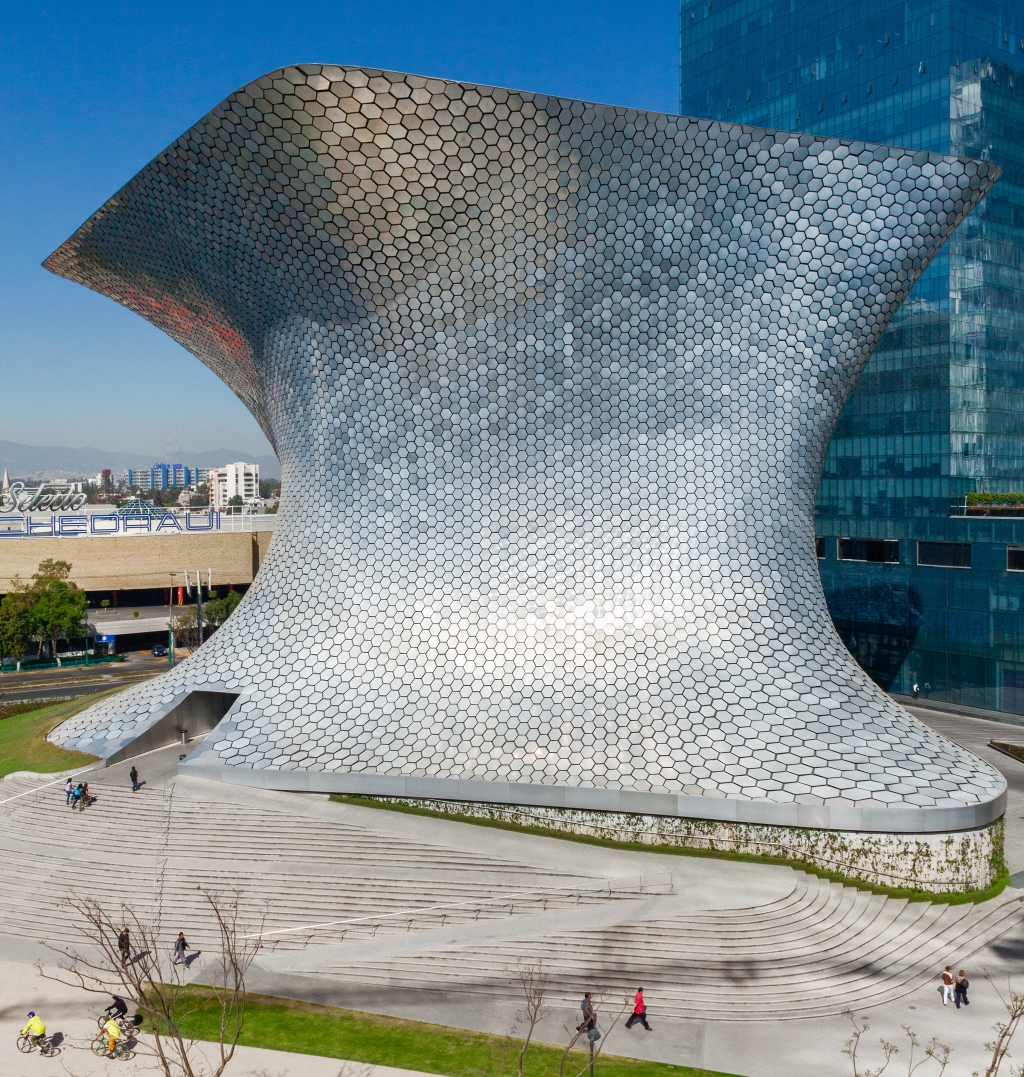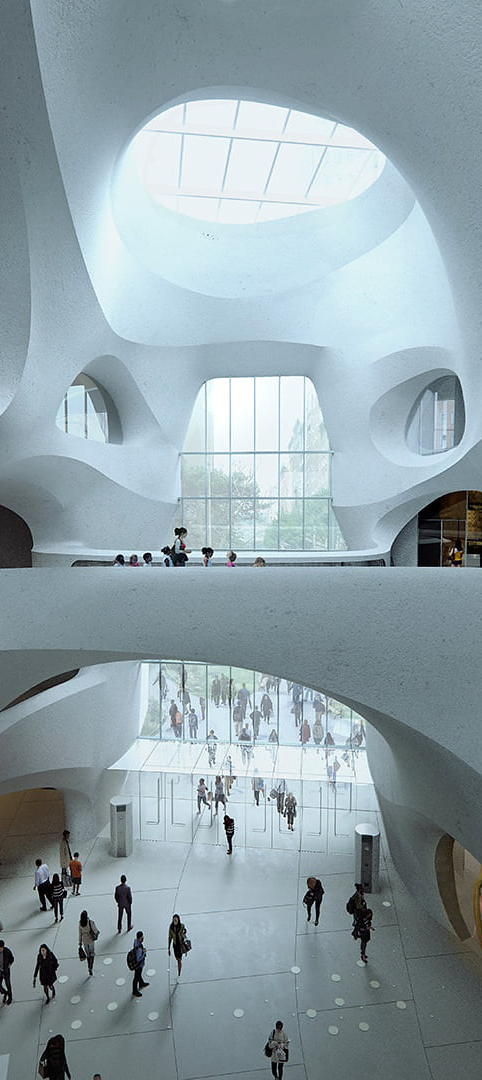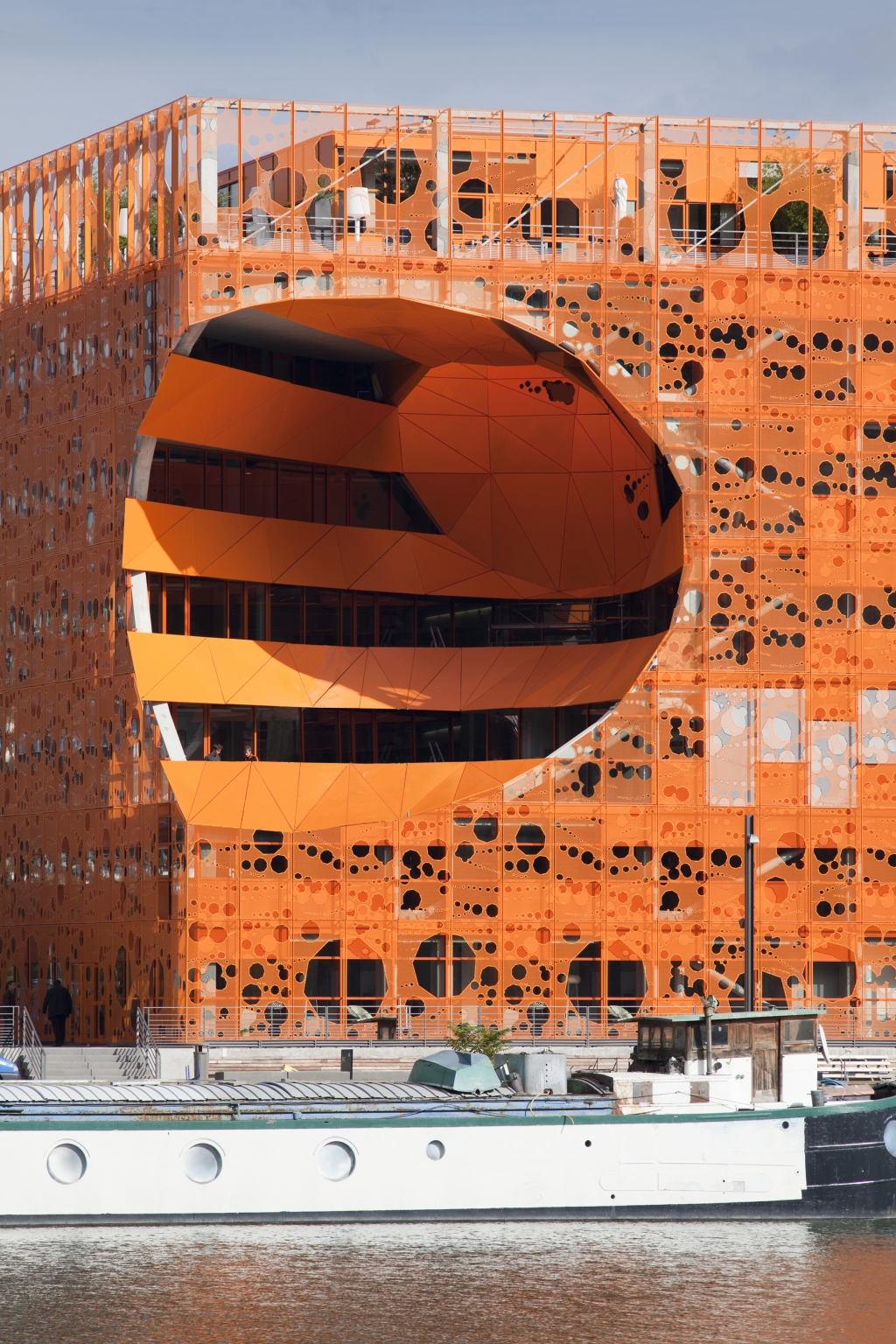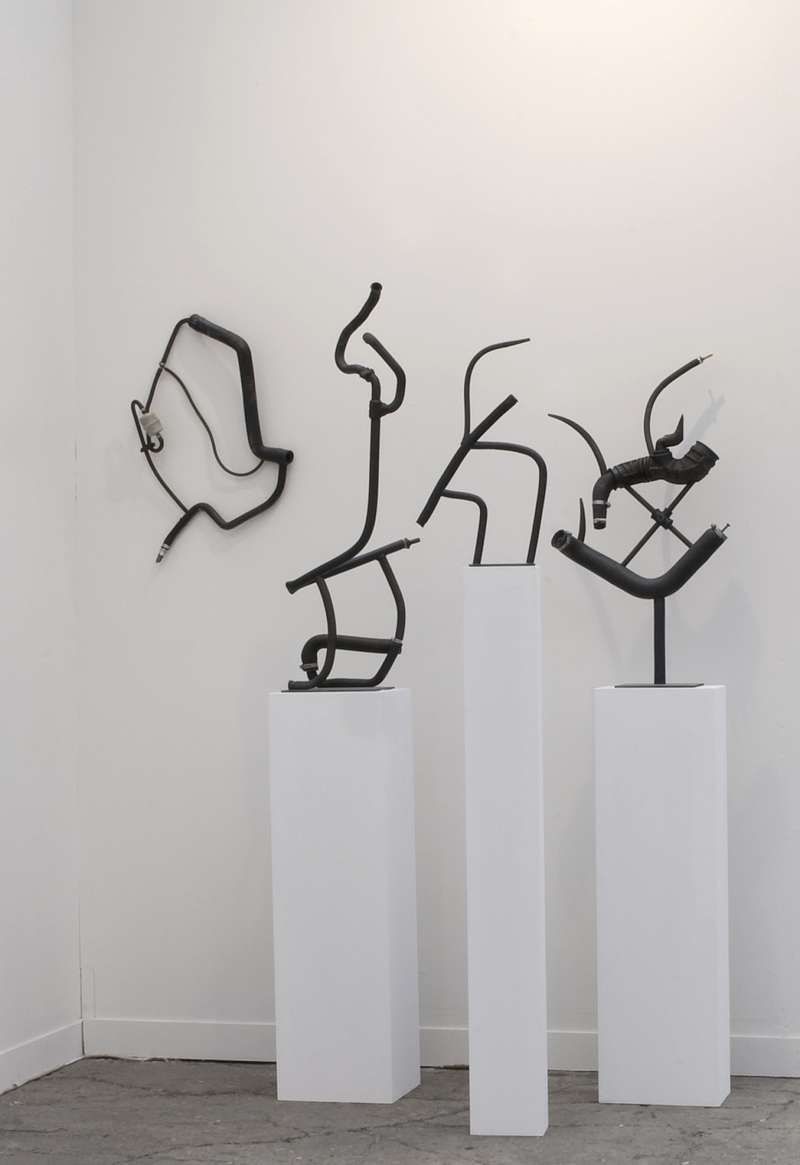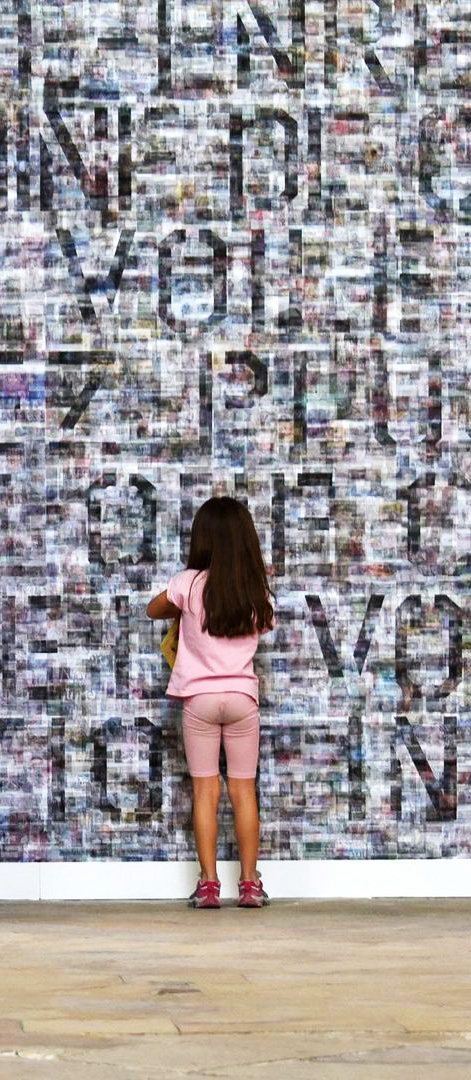
Pascal Dombis
La Génération Invisible
La Génération Invisible est une installation dans laquelle Pascal Dombis questionne notre rapport aux images numériques et comment nous les regardons aujourd’hui. Internet génère une profusion d’images qui circulent et qui sont de moins en moins regardées par les humains. Cette installation parle de la disparition des images de par leur circulation et prolifération excessive. Le mur est couvert par un flux de 30 000 images internet entrelacées formant une surface visuelle floue. La nature individuelle de chacune des images peut être décodée par l’utilisation d’une plaque lenticulaire que le visiteur applique directement contre le mur, afin d’en extraire de multiples lectures. Cette installation fait écho au travail de William Burroughs sur le langage et les images en reprenant une phrase d’un de ses livres Cut-Up de 1961 :
